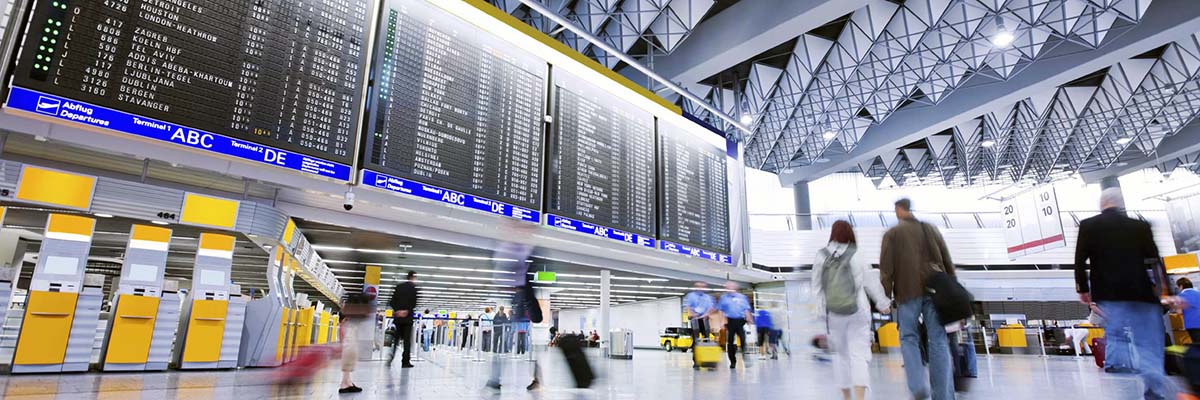Airports are still being considered by many as natural monopolies. Their logic is quite simple; for example, if you want to spend your vacation on a remote island with a single operating airport you don’t have a choice. You take it or leave it.
The reality of the market is not that simple. In the EU, the liberalization of the air industry has brought along many changes in the way the industry operates. Airlines can now freely switch their operations from one airport to another. Passengers can too, and they do. The old assumption that airports can still impose their conditions may lead to some to disastrous decisions.
The old assumption that airports are natural monopolies in a given region is not exactly true anymore.
Switching destinations
Airlines serving sun-seeking passengers have demonstrated they can develop traffic where it was previously practically non-existent. Airlines move on tight profitability margins. In order to obtain higher yields per seat, they may decide to move their aircrafts to alternative destinations if they find a better deal somewhere else. As a result, coastline airports in Spain may find themselves competing for tourists with airports on the other end of the Mediterranean.
Many airports have learned the hard way that this business is volatile. Sometimes airlines hold the long end of the stick. Of course airlines cannot change the destination choice for all passengers, but they have enough decision power to shake airport’s balance-sheets anytime.
Local Departure Choice
Geographical position may provide some advantage regarding passengers who live near the airport, but it may be not enough. In many highly populated regions of Europe several airport catchment areas overlap. As a result, a large number of passengers have a choice between two or more airports within a two-hour drive. Being that passengers are better informed through internet, air travel is becoming more price-sensitive than ever before – especially in the leisure travel market. Passengers are also looking for convenient schedules, good ground transportation and even quality shopping when making their decisions.
Airports are responding by being more commercially focused, spending more on marketing and undertaking more route development initiatives. In some areas of Europe airports are specializing, targeting either point-to-point carriers or hub carriers.
Conclusion
There is an increasing flexibility in today’s air transport business. Thousands of routes are being opened and closed every year in Europe. Airlines react to airport policies by changing the size of their established bases. The old assumption that airports are natural monopolies in a given region is not exactly true anymore. Airports need to react by being more commercially aggressive if they want to retain or increase the number of passengers.



